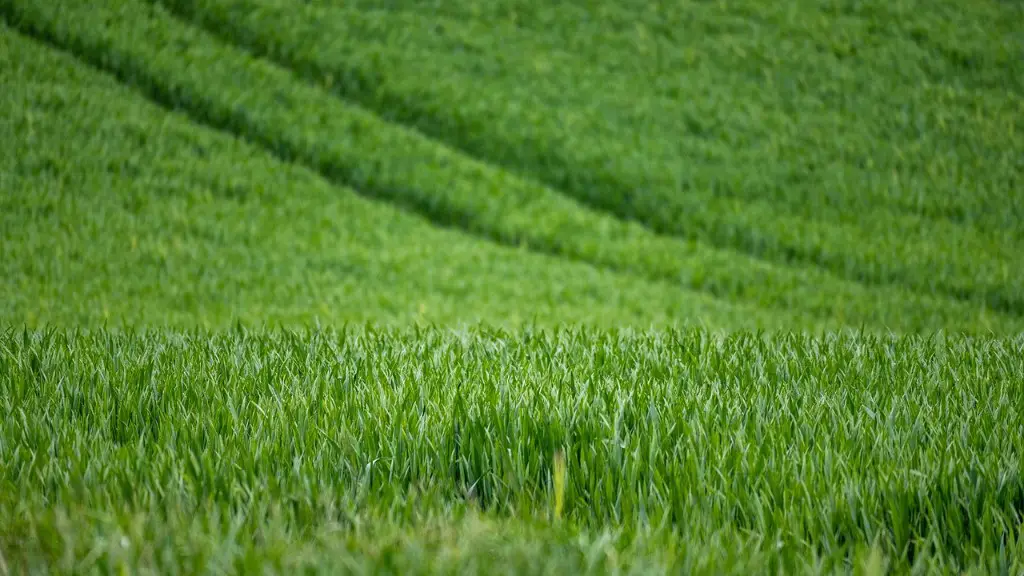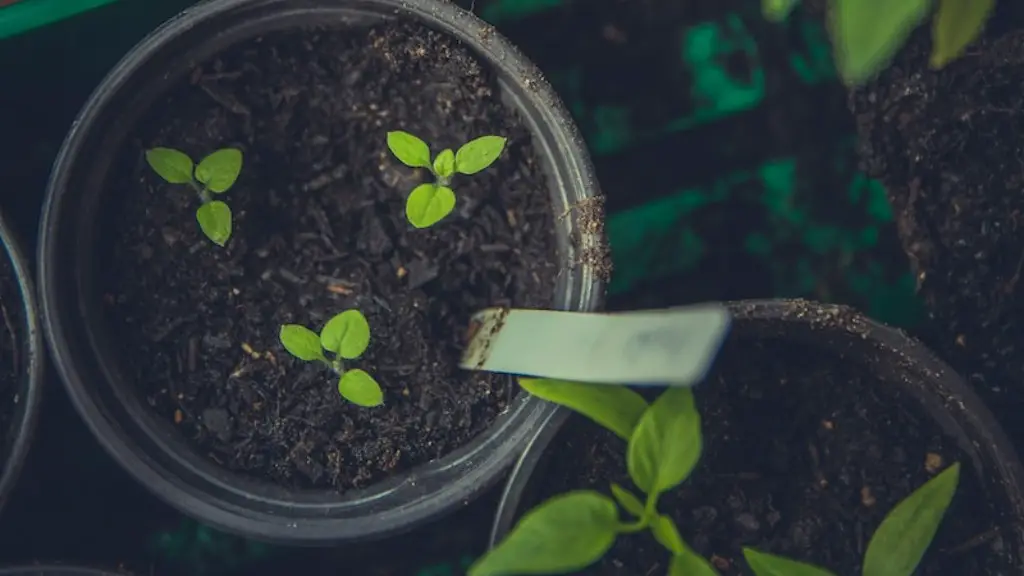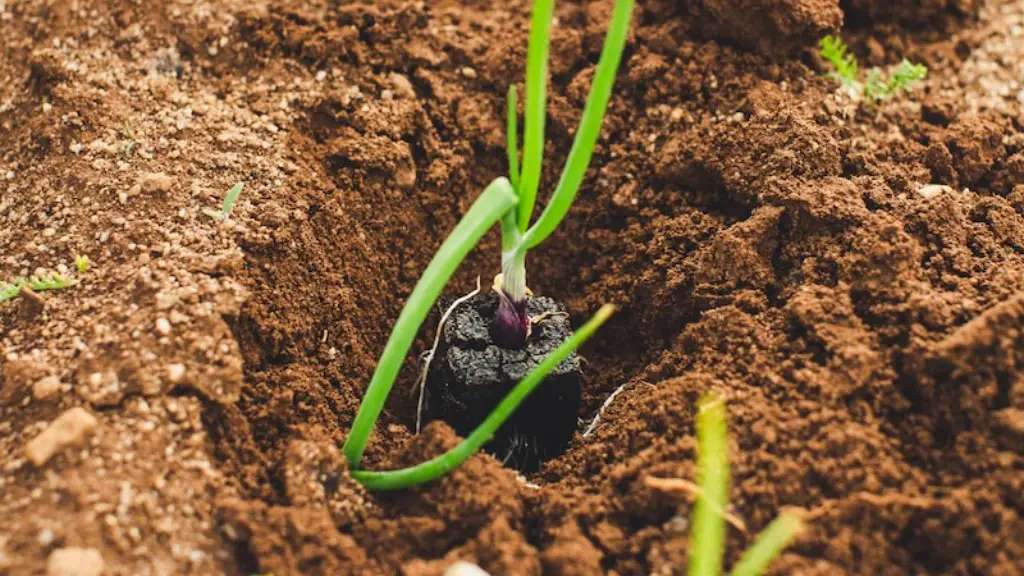The agriculture technology course is an interdisciplinary course that combines topics from plant science, soil science, entomology, soil conservation, and biochemistry, with technology-oriented topics such as IT, robotics, genetic engineering, and biotechnology. It provides students with the knowledge and skills needed to identify and solve the challenges in today’s fields and to manage the resources which enable them to sustain a successful agricultural business. This course is suitable for those who are studying for a degree in either agricultural technology or for those who are studying for a career in the agricultural industry.
Agricultural technology teaches students the basics of biotechnology, cellular genetics, and molecular biology, as well as the fundamentals of crop and animal production. Students learn about farm management and crop production, the proper selection and apllication of fertilizers and other soil amendments, weed and insect management, and environmental conservation. They learn how to identify and implement techniques for improving crop production and reducing pesticide use.
In addition, the course covers the use of current and emerging technologies, such as GPS technology, global positioning systems, remote sensing, robotics, and other automated solutions, to optimize and improve farm management and crop production operations. Theory is also given to understand and explain the physiological, biochemical, ecological, and sociological aspects of modern agriculture.
The course also covers the basic principles and practices of sustainable agriculture, including organic farming, conservation of natural resources, water management, and habitat restoration. Emphasis is given to understanding how technological solutions can be applied to reduce environmental impact and increase farm productivity. The course is also concerned with the ethical, environmental, and economic implications of using agricultural technologies.
The aim of the agriculture technology course is to prepare graduates for working in the agriculture industry by giving them the skills and knowledge to understand the evolution of agriculture and its various methods of cultivation and harvest, as well as provide them with an understanding of new and emerging technologies. Students also take courses in business, leadership, and entrepreneurial skills, designed to prepare them for starting, managing, and marketing agricultural businesses.
Crop Production
Crop production is a key area of the Agriculture Technology course. Students learn about plant species, plant nutrition, soil and climate conditions, the selection of best plants for their environment, the optimal timing for planting, the perfect disturbance levels, and of course, fertilizers and pest management. Students are also taught about the various requirements for the modern farmer in terms of irrigation, crop rotation, and crop protection.
The cultivation of seeds, genetically modified plants, and all other aspects of crop production are covered in the curriculum. Additionally, the use of fertilizers, insecticides, and other techniques to increase crop yields and reduce damage to the environment are discussed. Furthermore, students learn the basics of ventilation, storage, and breeding, as well as pest and disease control.
One of the essential components of crop production is planning. Students learn to plan out their plans to ensure that the timing and production of the plant is successful. This includes creating a crop budget, considering possible risks, and predicting the yield. Additionally, students learn how to set up pest and disease control plans that can also be adjusted depending on the environment and season.
The use of technology in crop production is also discussed as part of the course. Students learn about the use of global navigation systems, automation, and robotic systems such as drones for monitoring crops and tracking fertilizer and pesticide applications. Additionally, students are taught about the use of software, such as geographic information systems, aerial imagery and remote sensing, to monitor and analyze crop growth.
Harvest and Post-Harvest Management
Harvest and post-harvest management are also covered in the agriculture technology course. Students learn about the best harvesting times and techniques, as well as the management of by-products such as straw, husks, and dung. Additionally, students are introduced to the principles of storage and preservation, learning how to keep grain and other produce in optimal conditions before sale or further processing.
The use of technology in post-harvest management is also taught. Students learn how to use technology such as predictive modelling and machine learning to identify the ideal conditions for crop storage, and how automation can be used to ensure efficient and safe food handling.
They are also introduced to the principles of food safety, biosecurity, and quality assurance. As part of this, they learn about the legislation and requirements related to the safe handling and distribution of food. They are also taught about the regulations for labeling, packaging, and advertising of food.
The use of new technologies in the post-harvest process is discussed. This includes emerging technologies such as blockchain and big data analytics, which can be used to track food from the farm to the consumer. Additionally, students learn about the use of sensors to monitor food quality and condition, as well as the use of robotics for automated sorting, packaging, and shipping.
Livestock Production
The agriculture technology course also covers livestock production. Students learn about the basics of animal production such as selection, breeding, nutrition, and health. Additionally, they learn about the principles of animal management, such as the humane treatment of livestock, including the use of humane housing systems, the proper disposal of animal waste, and the appropriate utilization of antibiotics and other medical treatments.
The use of technology in livestock production is also taught. This includes the use of sensors and other monitoring devices to track animal health and welfare, as well as the use of feeders, water and bedding systems, and other automated systems. Additionally, students are taught about the use of artificial insemination, the use of high-yielding animal feed, the integration of livestock with agriculture systems, and the effect of climate change on livestock.
The course also covers the principles of marketing and sales for livestock production. Students learn about pricing, branding, and other marketing strategies, as well as the basics of business and economics related to animal production. Additionally, students are taught about the environmental impact of livestock production, and how new technologies can be used to reduce the environmental footprint of livestock production.
Finally, students learn the principles and practices of animal welfare, such as the Five Freedoms and the Knowledge, Attitudes, and Practices (KAP) framework. This includes topics such as the use of medical treatments, husbandry protocols, and animal transport, as well as issues related to the humane management of livestock.
Marketing and Agribusiness
The agriculture technology course also provides an introduction to agribusiness and marketing. This includes topics such as pricing and pricing strategies, the importance of branding, market segmentation, and the distribution of agricultural products. Additionally, students learn about strategic management, entrepreneurial skills, and lean business systems. They are also introduced to the legal and regulatory aspects of agricultural businesses.
The use of technology in agribusiness is also covered, including the use of digital marketing, mobile applications, and e-commerce. Students are taught how to develop business plans and financial models, as well as the principles of risk management. Furthermore, students learn the basics of market research, including the use of data, surveys, and focus groups.
The course also covers the principles of sustainable agribusiness and environmental stewardship. This includes topics such as energy conservation, water management, and the use of natural resources. Additionally, students learn about the use of technology to reduce waste, optimize production and logistics, and promote sustainability.
Finally, the course provides an overview of the international markets for agricultural products and the global trends affecting them. Students are taught about the opportunities and challenges of international trade, as well as the importance of international cooperation in areas such as market access, food safety, and sustainability. They are also introduced to the various strategies for managing foreign markets and establishing international partnerships.
Agriculture Research and Extension
Agricultural research and extension is another key area of the agriculture technology course. Students learn about the methods and tools of agricultural research, including the design of experiments, data collection and analysis, and information handling. Furthermore, they are introduced to the basics of laboratory techniques and the use of specialized equipment. The use of technology in agricultural research and extension is also discussed, such as the use of drones and remote sensing to monitor crops and land use, the use of Geographic Information Systems (GIS) to analyze data, and the use of virtual reality (VR) in developing farm management plans.
The various aspects of agricultural extension are also taught. This includes topics such as communication theory, public relations, and community development. In addition, students are also taught about the ethical aspects of agricultural extension and the importance of developing effective relationships with stakeholders.
The course also teaches students about the various international organizations, such as the Food and Agriculture Organization of the United Nations (FAO), and the World Trade Organization (WTO), which support the agricultural industry and the development of agricultural businesses. Students are also introduced to the various policies, regulations, and programs related to agricultural development, such as the Common Agricultural Policy of the European Union.
Technology and Innovation in Agriculture
Finally, the course covers the use of technology and innovation in agriculture. This includes the use of robotics, automated systems, unmanned aerial vehicles (UAVs), and other technologies in crop and livestock production. Additionally, students are taught about the use of data science, machine learning, artificial intelligence (AI), and the Internet of Things (IoT) in agriculture. They learn how to integrate and apply these technologies in order to improve efficiency and productivity, as well as reduce environmental impact.
The course also covers the principles of innovation management and entrepreneurial skills. This includes topics such as market research, business strategy and planning, product development, and marketing. Additionally, students learn about the various sources of funding and other methods of developing start-up businesses.
Finally, the course covers the role of public-private partnerships in agricultural innovation. This includes a discussion of the various collaborations between public organizations, industry, and academia for the development of new agricultural technologies. Additionally, the course covers the basics of intellectual property and the importance of protecting research output in the agricultural sector.





